The flight shaming movement spearheaded by Swedish teenager and climate activist Greta Thunberg is gaining traction. Airlines have started to assess the effect it is having on their business while continuing to look for viable means to reduce their carbon footprint, Denise McNabb reports.
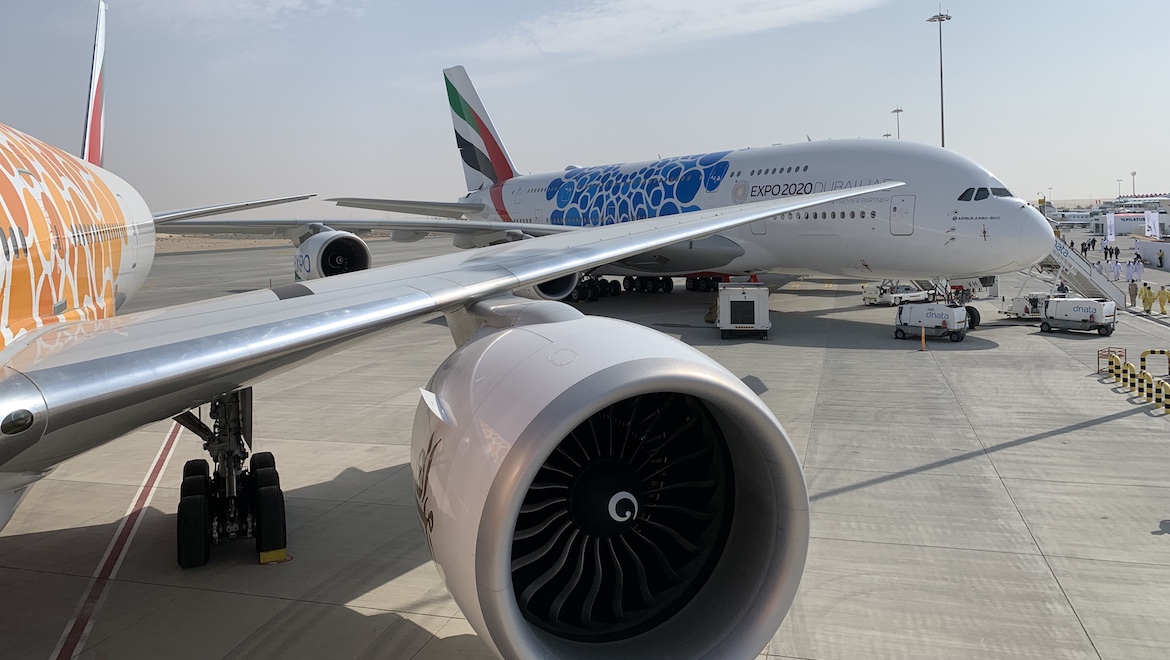
Emirates president Sir Tim Clark is pragmatic about climate change and the part aircraft play with their carbon dioxide (CO2) emissions.
He said airlines were not doing nearly enough to reduce or eliminate emissions. Further, nations and airlines had consistently demonstrated the inability to take a joint, holistic approach to the problem.
In a lengthy roundtable session at the recent Dubai Air Show at Al Maktoum Airport, Clark had plenty to say on climate change and the urgency placed upon the aviation industry to find scalable fuel alternatives to kerosene.
The International Air Transport Association (IATA) has flagged a new campaign to counter the flight shaming movement following a weakening of the air travel market in Europe as a consequence of travellers feeling guilty about carbon footprints they created through flying.
Travel statistics showed they were either cutting back on flights or choosing alternative means of transport, the Reuters news agency has reported.
The aviation industry has committed to halving emissions by 2050 compared to 2005 levels under the United Nations Carbon Offsetting and Reduction Scheme for International Aviation (CORSIA). Airlines will voluntarily offset their carbon emissions from 2021, which will become mandatory from 2027.
Critics have called this greenwashing – paying others or planting trees while continuing to pollute the atmosphere.
Clark said not all of the airlines under the IATA umbrella were on the same page about the effect their aircraft had on climate change.
“In Europe the single sky thing has been banging on for 20 years and the very people who are really at the forefront of the attack of environmental climate change are the very people who have a terrible system of flying aircraft,” Clark said.
He said in Europe the French did one thing, the Dutch another, the Germans yet another and the Brits, something else.
“It’s very difficult to get unanimity across all the sectors and segments of business and for mankind to understand it,” he said.
He pointed to the United States’ denial of climate change at the top level, and the lack of pressure about climate change from Brazil and China, while Australia, he suggested, had hardliners on both sides of the climate change argument.
And while it was a laudable aspiration for countries such as New Zealand to pledge carbon neutrality by 2050, Clark questioned what this really meant and whether people actually wanted it.
“If it [New Zealand} is going to be zero carbon – in other words, not allow anything that chucks out carbon – then that’s a big challenge because electrical power to drive your electrical vehicles requires electrical production and that has got to be on a sustainable basis,” Clark said.
In November, the Qantas Group announced it had set a target to reach net zero carbon emissions by 2050 by doubling the number of flights being offset immediately, capping net emissions from 2020 onwards and investing $50 million over the next 10 years to help develop a sustainable fuel industry.
Hot on Qantas’s heels, EasyJet said it would begin offsetting emissions from its fleet of 331 planes immediately, making it the first major airline in the world to operate net zero carbon flights.
The pan-European low-cost carrier (LCC) said it expected to spend £25 million (A$48 million) over the next year compensating “for every tonne of carbon dioxide emitted from fuel used for its flights, by ensuring there was one tonne less in the atmosphere”.
“There is no homogeny in all of that so you’ve got to find a way,” Clark observed.
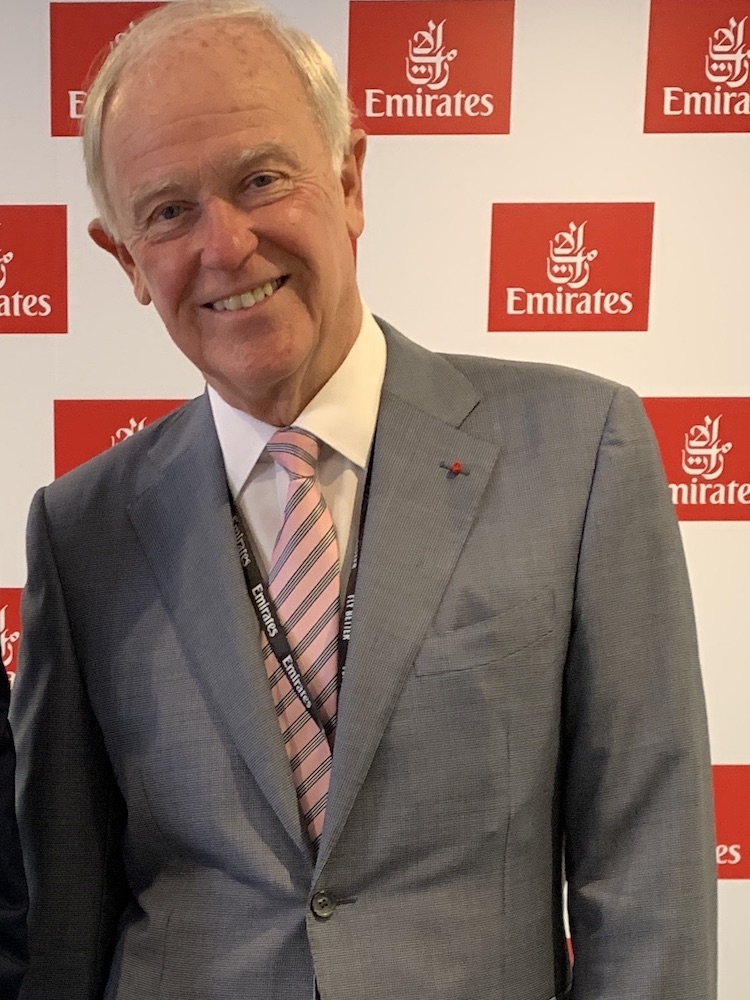
Clark said he had no idea whether air travel would decline in the next five years because of flight shaming, but “quite liked” that Greta Thunberg – the Time 2019 Person of the Year – and the Extinction Rebellion had brought focus to the issue, describing them as “alarm bells going off”.
However, the veteran aviation executive noted groups such as Extinction Rebellion would probably not be satisfied until all aircraft stopped flying.
Such a notion was not practical, Clark said, and was unlikely to happen because it presupposed that surface mode structures and infrastructure would be sufficient to take the billions of people who presently travelled by air.
“They [flight shamers] are not going to solve the problem. They are just telling us that we are not moving at a pace we should be moving and that we have a problem,” Clark said.
.@GretaThunberg is TIME's 2019 Person of the Year #TIMEPOY https://t.co/YZ7U6Up76v pic.twitter.com/SWALBfeGl6
— TIME (@TIME) December 11, 2019
It has been estimated the aviation industry produces about two per cent of the world’s global carbon dioxide emissions.
Clark said he personally he had a conscience about the emissions, adding that Emirates was not complacent about the issue.
The airline uses about 100 million barrels of oil a year – roughly equivalent to roughly one day’s supply of the total global consumption. Fuel accounted for around 30 per cent of Emirates’ costs, with the latest fuel bill in 2018/19 totalling $US13 billion.
“We [Emirates] look to the pressures we get from our consumers,” Clark said.
“Our corporate segment will only contract with us in Europe if we demonstrate how we are doing a carbon offset program. We have to stack up against a very difficult questionnaire to ensure they will audit that.”
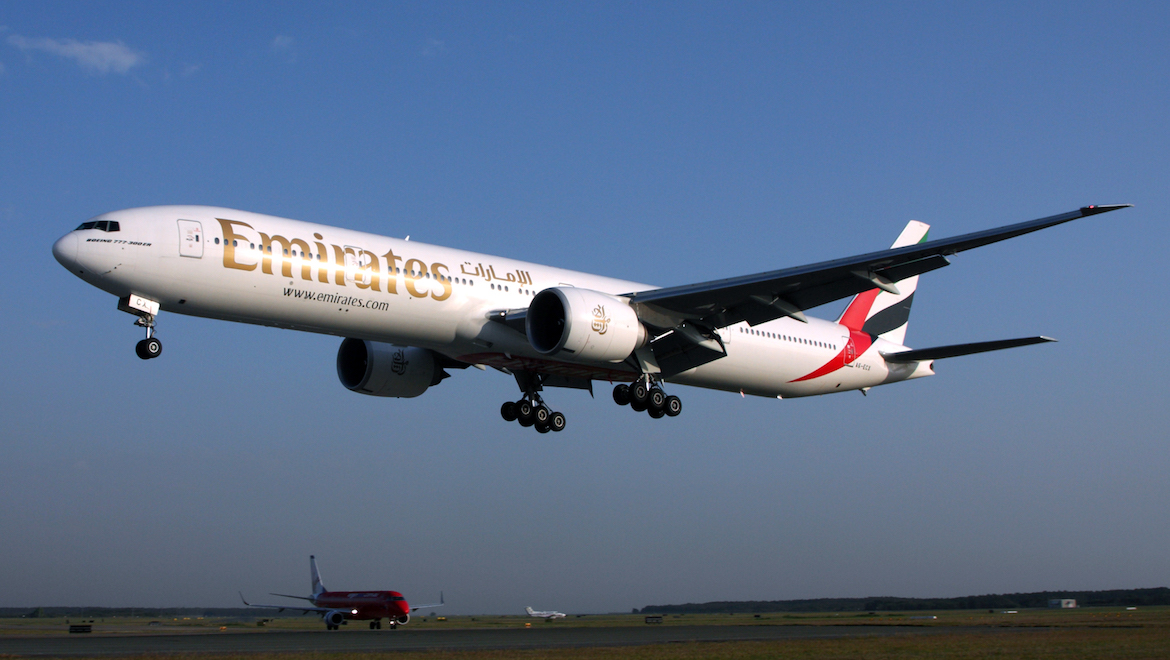
Synthetic fuel
Clark was convinced the future for airlines was in developing synthetic fuels.
“I struggle with biofuels because after 13 years of trying, less than 0.5 per cent of total uplift today is biofuel” Clark said.
“To me it’s one of those things that is doomed to failure. Others will say that is not the case but I just don’t believe in its scalability.”
Clark said biofuel also left a lot of carbon in the air.
Steve Goreham, author of the book Outside the Green Box: Rethinking Sustainable Development, noted that when traditional aviation fuel combusted about three tonnes of carbon dioxide was created for each tonne of fuel burned.
Meanwhile, sustainable aviation fuel made with cooking oils also emitted the same ratio of carbon per tonne of conventional fuel.
“We need to get it [CO2] out,” Clark said.
“We can transpose it by mixing it with hydrogen, which is the basis of hydrolysis, then by using electric power we can create a fuel which is sustainable and perfectly adequate for combustion of jet engines.
“Over time as we scale that process up states may mandate by law that an airline need to have 10, 15 or 20 per cent of whatever it is.”
Clark said making alternative aircraft fuel cost about $US100 a tonne today, but that price would fall as production was scaled up.
He said carbon footprints had to be measured in some kind of value that resonated with the person who was reading the measurement.
“People understand calories but they don’t perhaps understand NOx (nitrogen oxide produced in the air during combustion) or carbon dioxide,” Clark said.
The easiest way, he said, was to tax people and put the money into research and development for synthetic fuels, renewable fuels and renewable energy, not into government coffers.
“When the age of information kicked off in 1995 everyone wanted to be part of the internet, online world and social networks. It became a globally lit community so people travelled far more than they could at very affordable prices and the low-cost segment came into the frame,” Clark said.
Clark said aviation was one of several industries grappling with the need to reduce their environmental footprint, alongside the automotive and maritime industry, power utilities and even cows producing methane.
“For at least 10 years there was a raging debate in the scientific community as to who was right but now there seems to be a universal belief in most quarters that this is an issue we have to deal with,” Clark said.
“So I’ve said to my peer group we have to do more than we are doing and get the message out there.”
Clark said there was the technology and the will to develop synthetic fuels but it had to be a global initiative, not done country by country. He suggested a global advisory council of like-minded people from the business, scientific and marketing community be set up with politicians excluded.
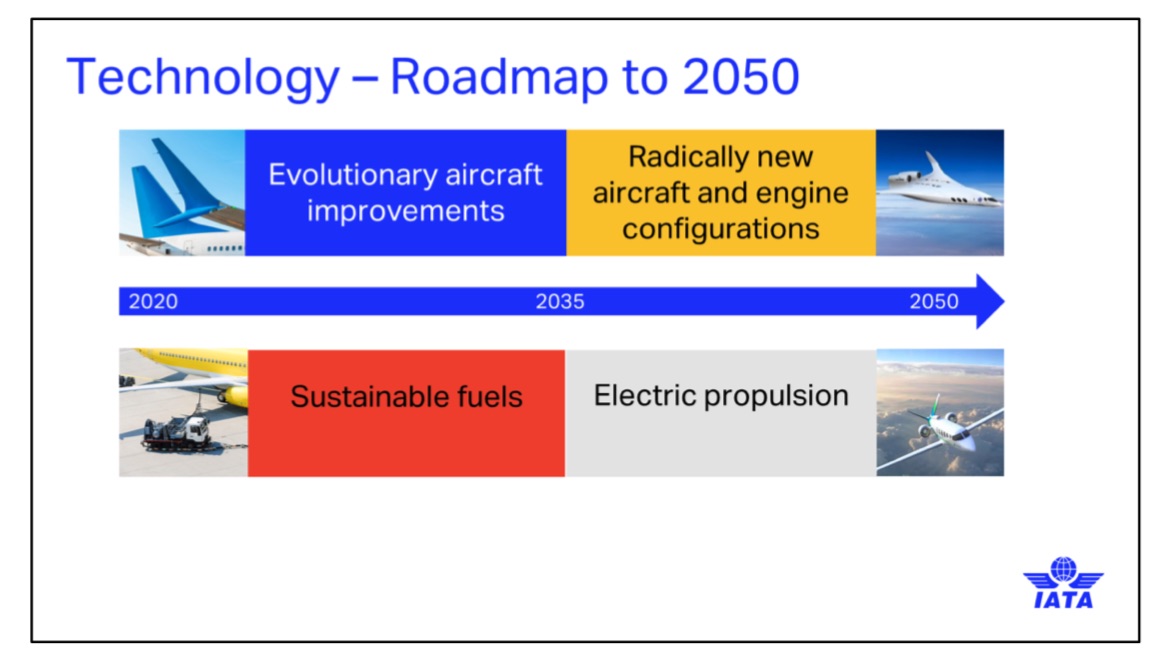
Emirates action
He said there was concern within Emirates about what aircraft it had and how they were deployed. He asked flight operations recently to look at how the airline taxied its A380s.
“We shut down the outboard engines and that is quite a difficult thing to do when you have a full load because there is the steering asymmetric and all those sorts of things to think about,” Clark explained.
“If we have to wait at Heathrow Airport for 12 to 15 aircraft to take off, we are chucking out huge amounts of fuel.
“So too does putting the A380s into hold at 10,000 feet. The air traffic systems have got to be improved as well as software that drives that hardware with regard to traffic management also has to improve.
“I’m not saying it is bad but we have got to find better ways. The quality issue at the airport is only a small part of the total emissions but it is an important one and so is how we plan our routes.”
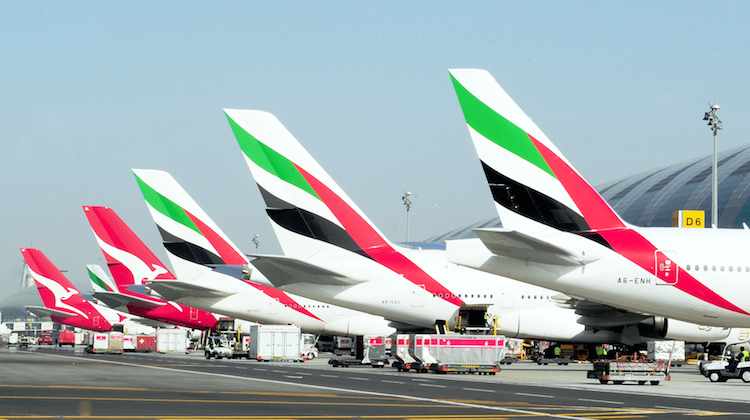
Fuel research
The University of Birmingham was leading research by a consortium called the NewJet Network investigating the barriers and benefits to the British aviation industry by adopting low carbon synthetic fuel. It was one of five groups in the United Kingdom looking at how to decarbonise transport.
In a recent statement, the university said the consortium would look at the barriers to adopting these new fuels such as stakeholder confidence and infrastructure as well as the benefits – most importantly the non-carbon dioxide emissions performance.
Project leader, Simon Blakey said many synthetic fuels were produced to mirror closely the properties and performance of traditional petroleum-based fuels but there were challenges to adopting the new products and these needed to be understood before the UK could deliver a low carbon future for the aviation industry.
Also, The Hague Airport in the Netherlands and a European consortium led by EDL Anlagenbau Gesellschaft GmbH announced in May it was developing a demonstration plant that produced renewable jet fuel from air through the capture of carbon dioxide from ambient air using air capture technology. The gas was then transformed into syngas through electrolysis then turned into synthetic fuel.
Electric aircraft
Also, Airbus has been developing a hybrid electric aircraft, the E-fan-x demonstrator, that was expected to fly in 2021.
Several companies have also been trialling aerial taxis.
In early December, the first fully electric commercial aircraft made an inaugural 15-minute test flight in the Vancouver area.
An Australian engineering firm magniX designed the aircraft’s 750hp electric motor in partnership with Vancouver’s Harbour Air using a DHC-2 de Havilland Beaver seaplane.
VIDEO: A look at the first flight of the Harbour Air all-electric DHC-2 Beaver from the Vancouver Sun YouTube channel.










